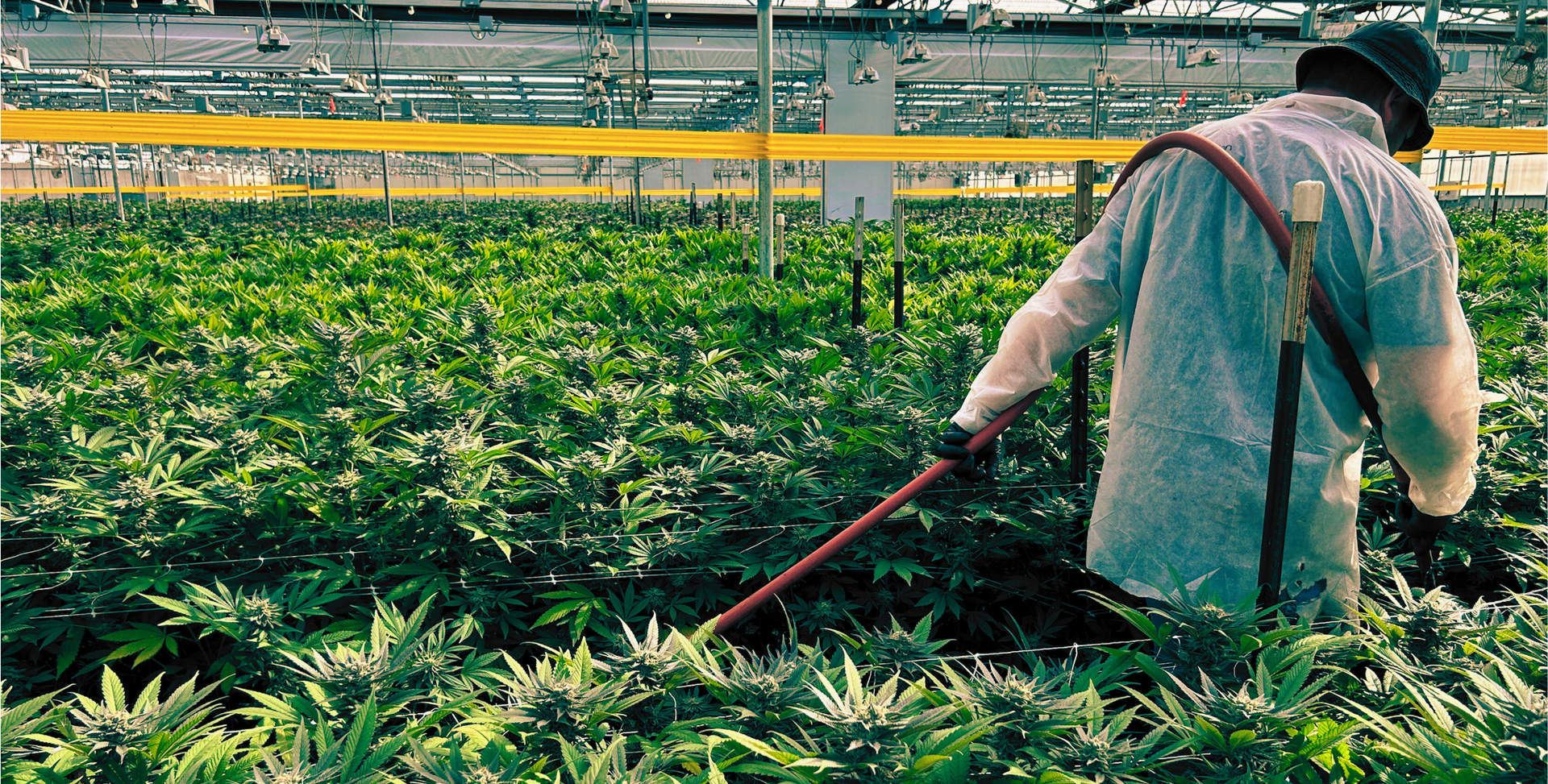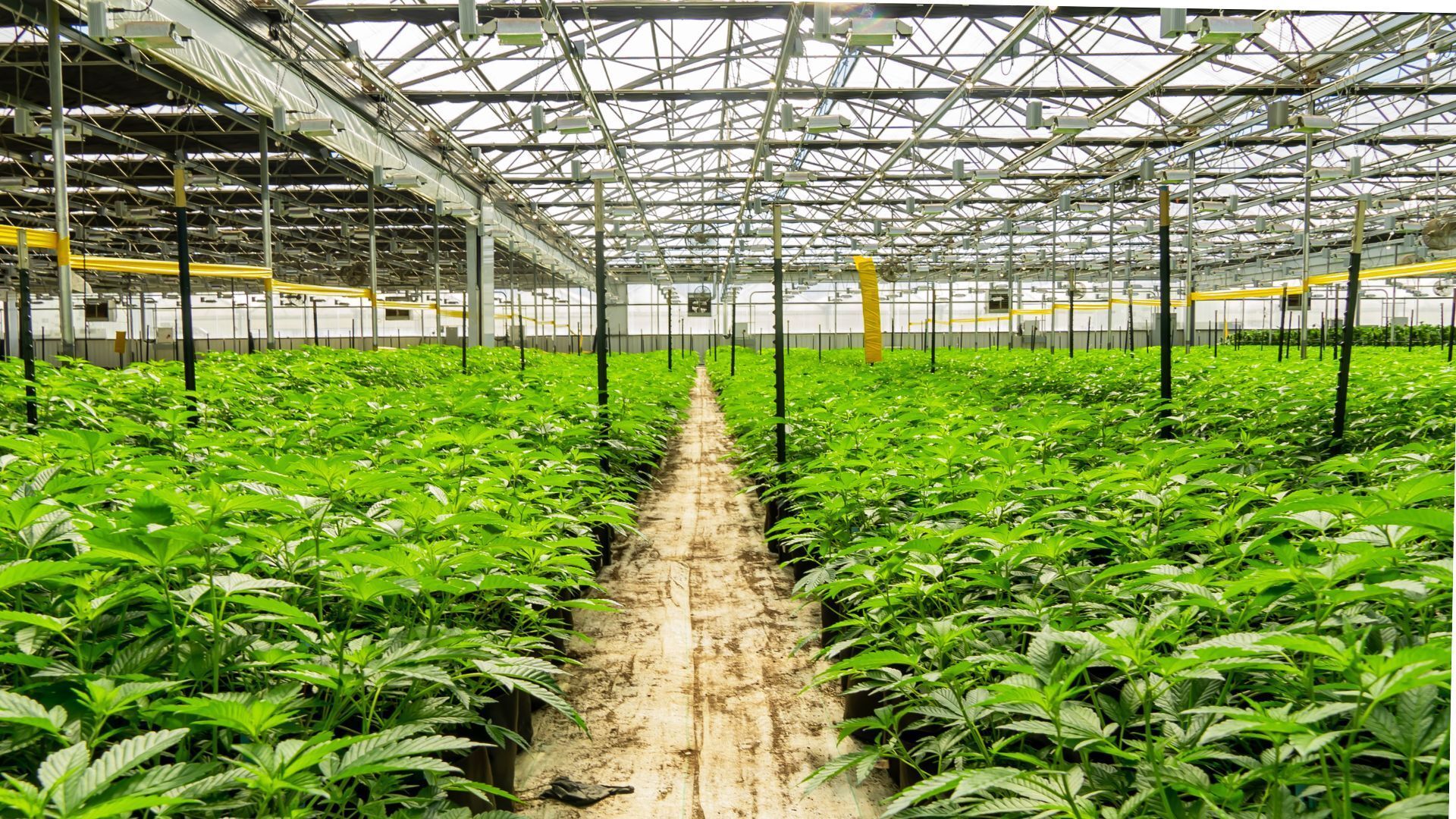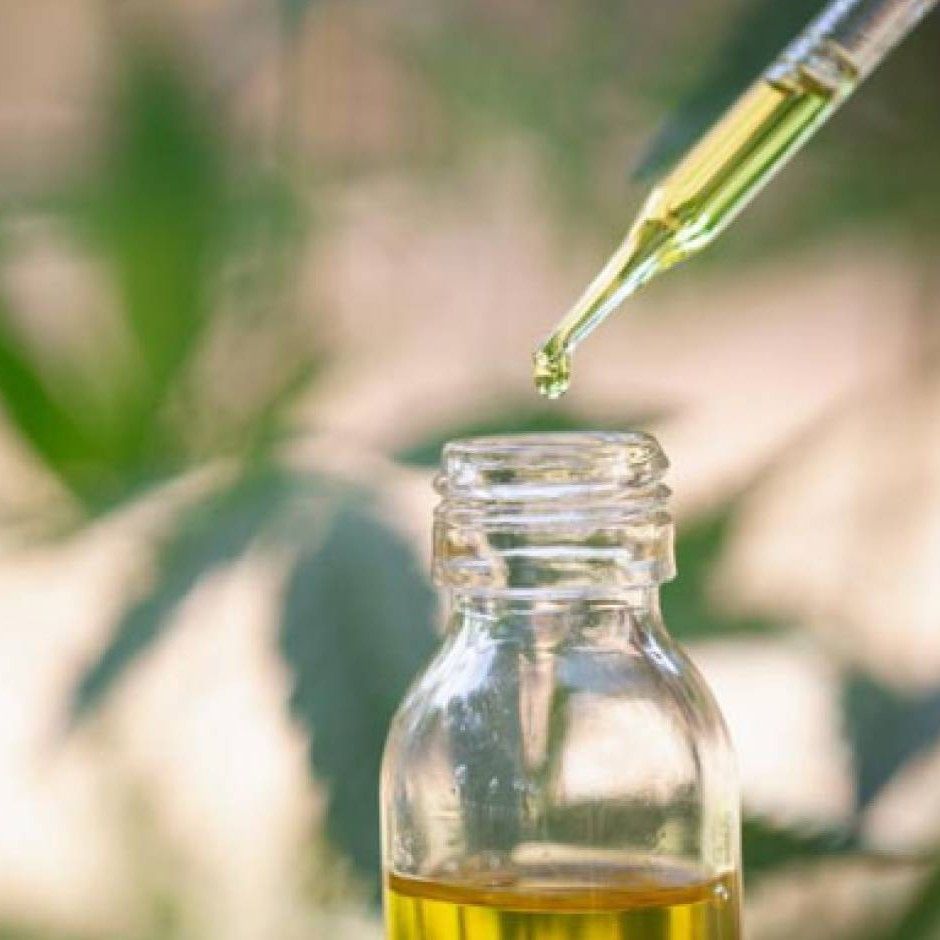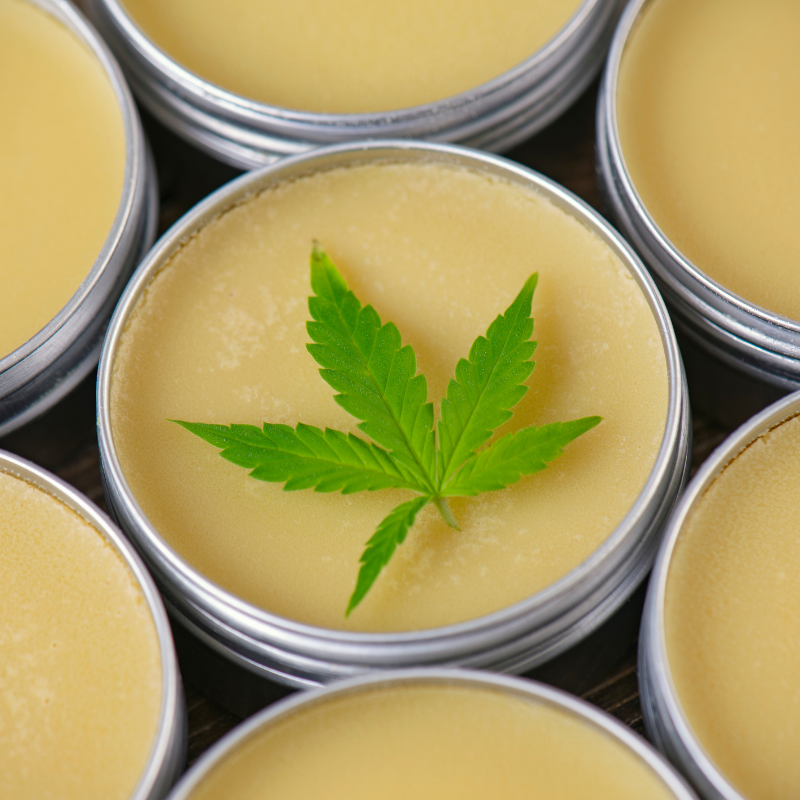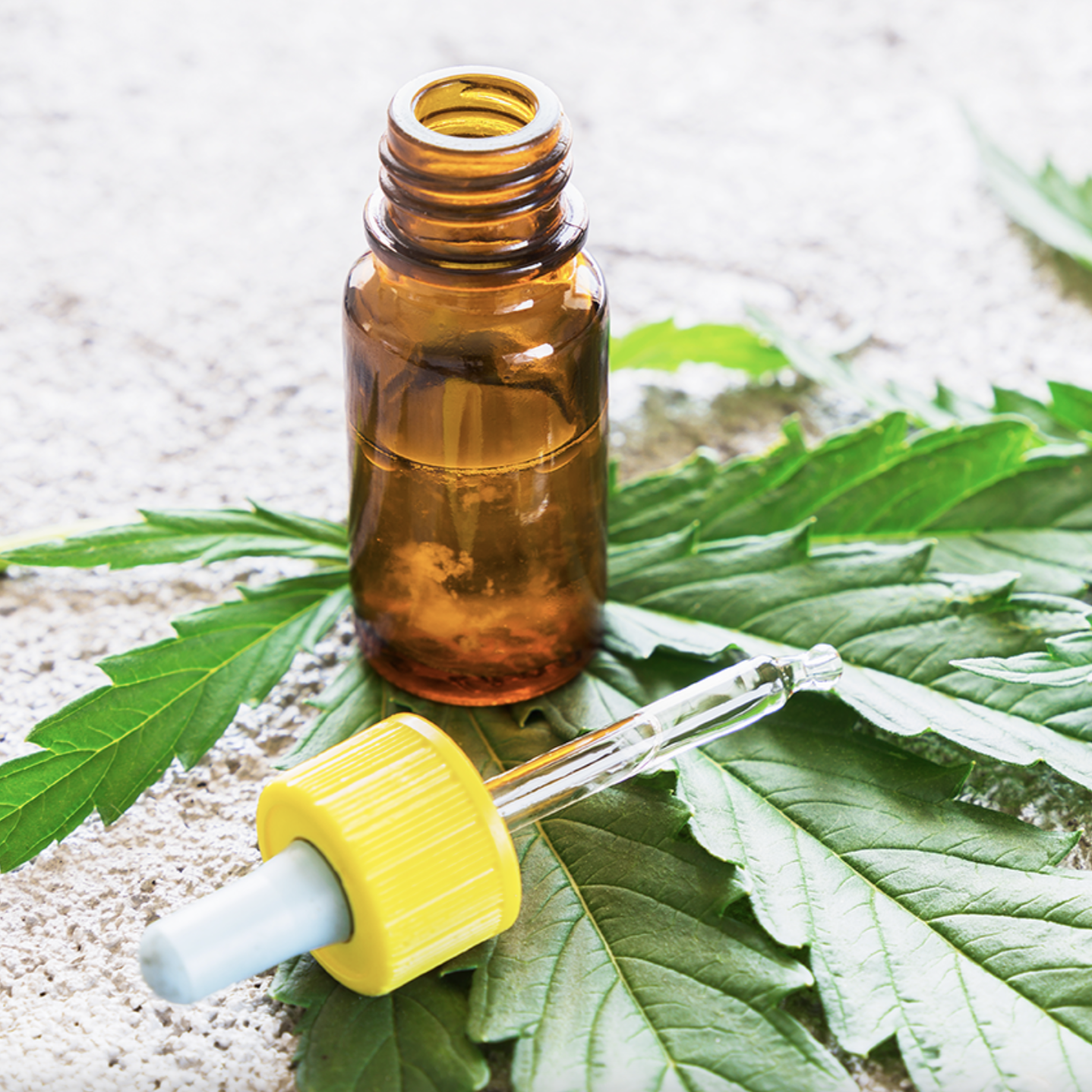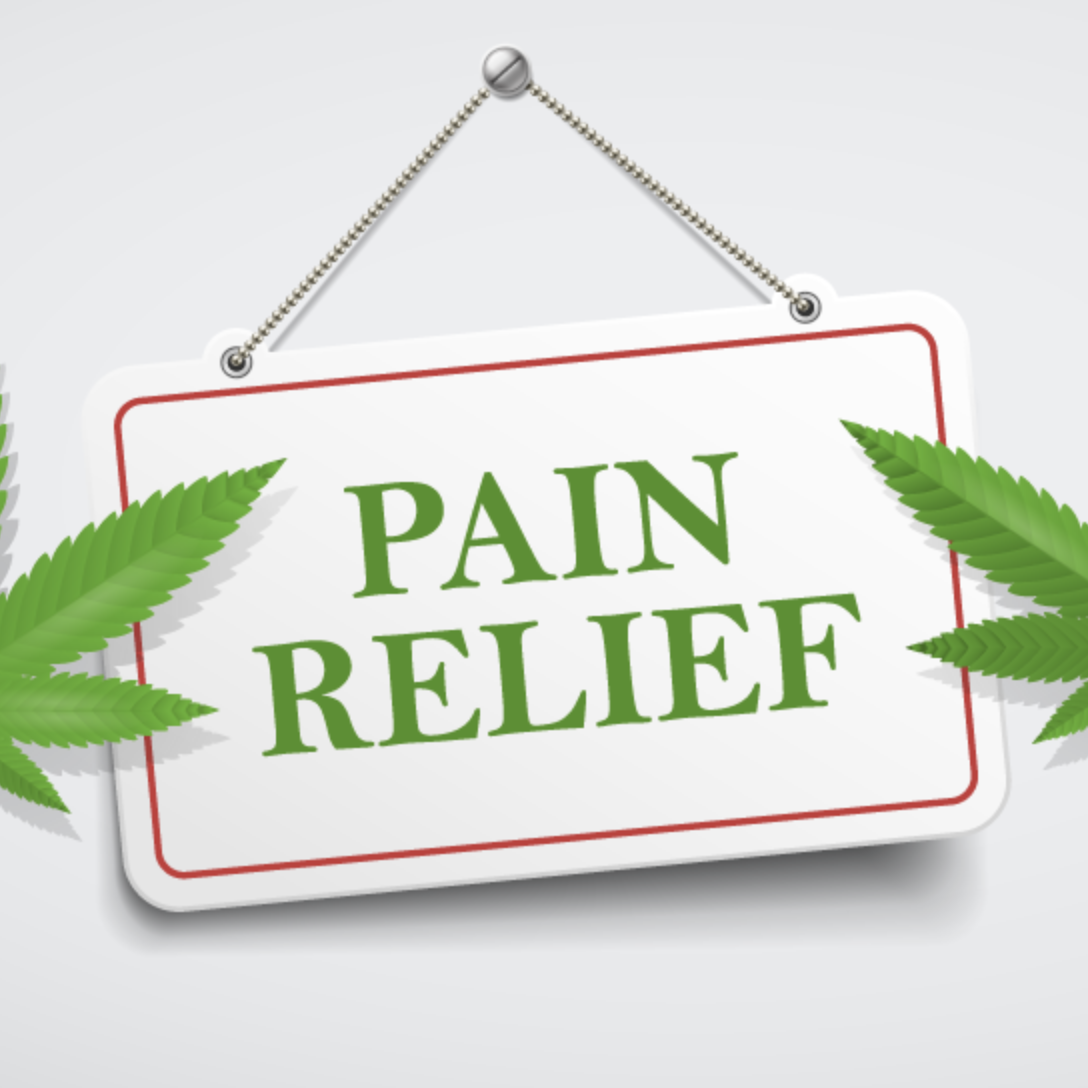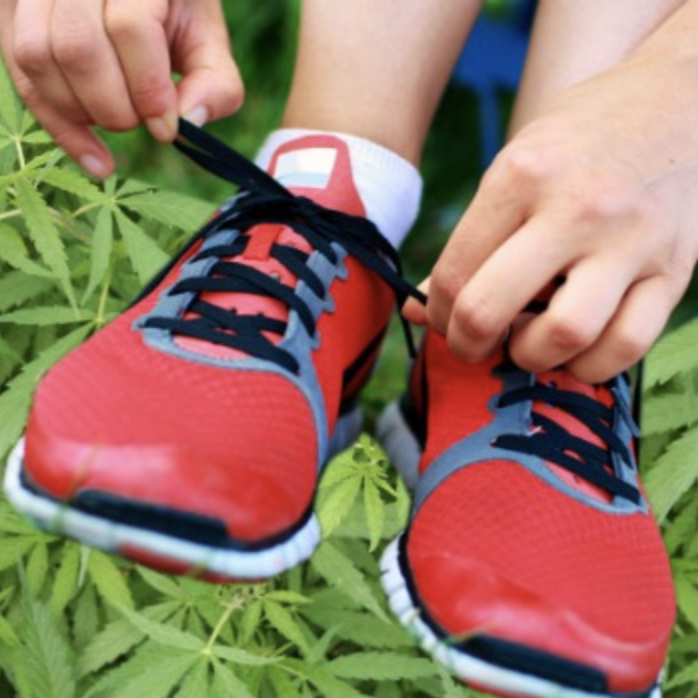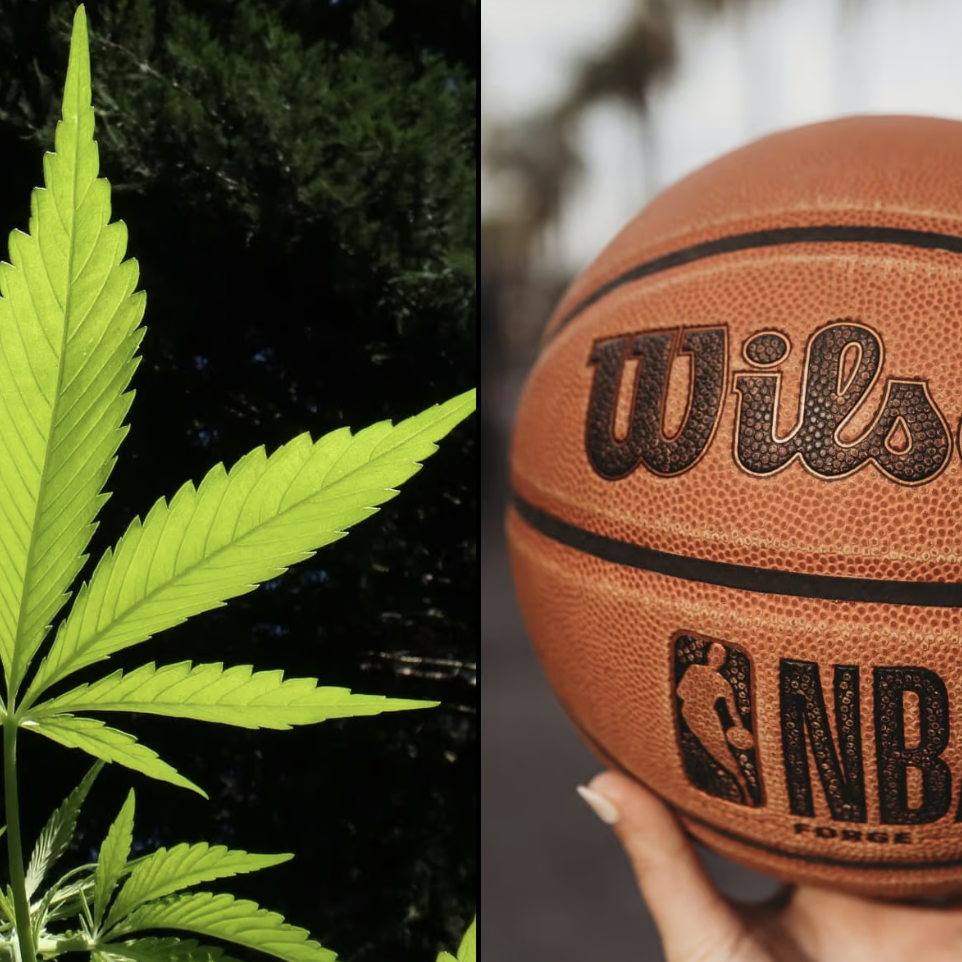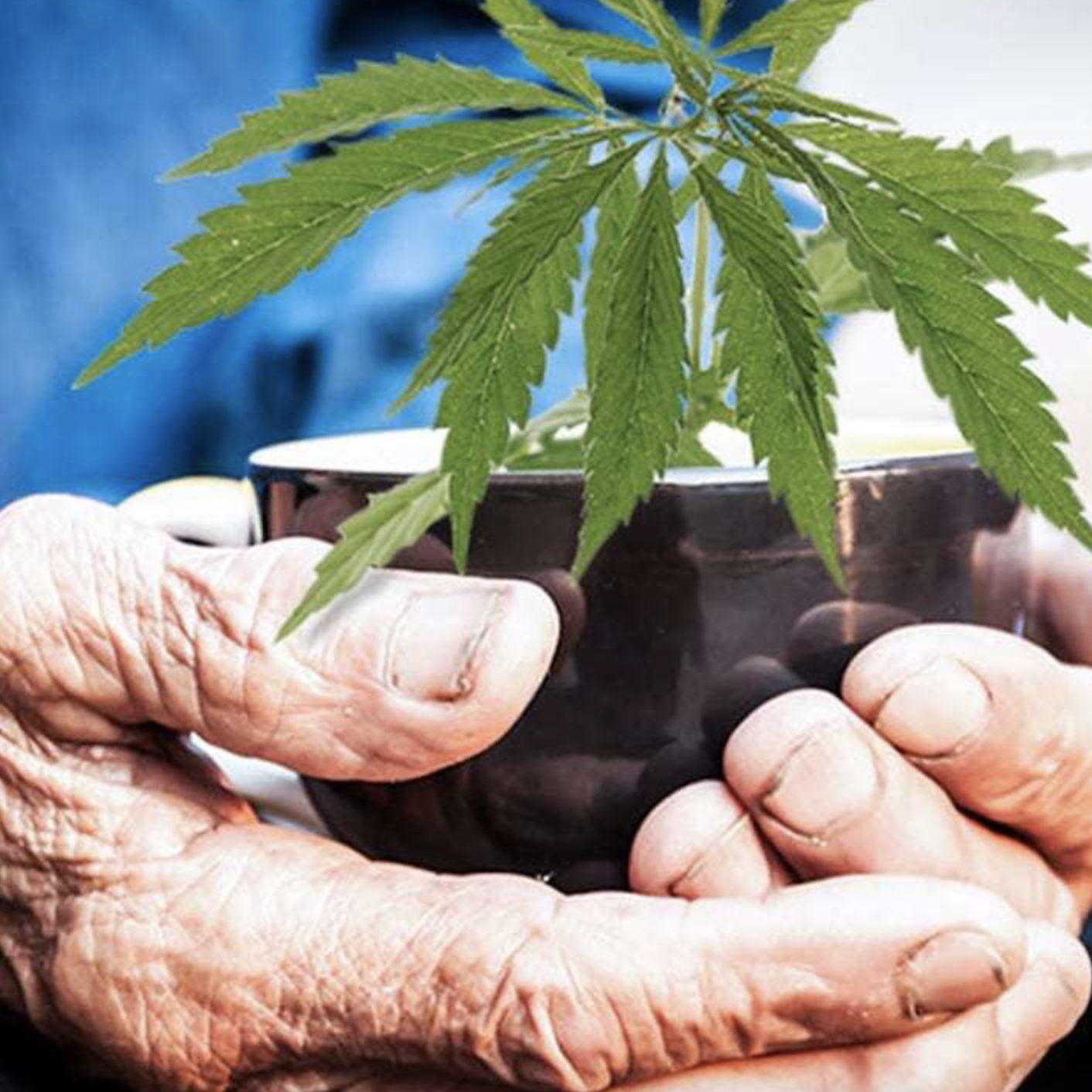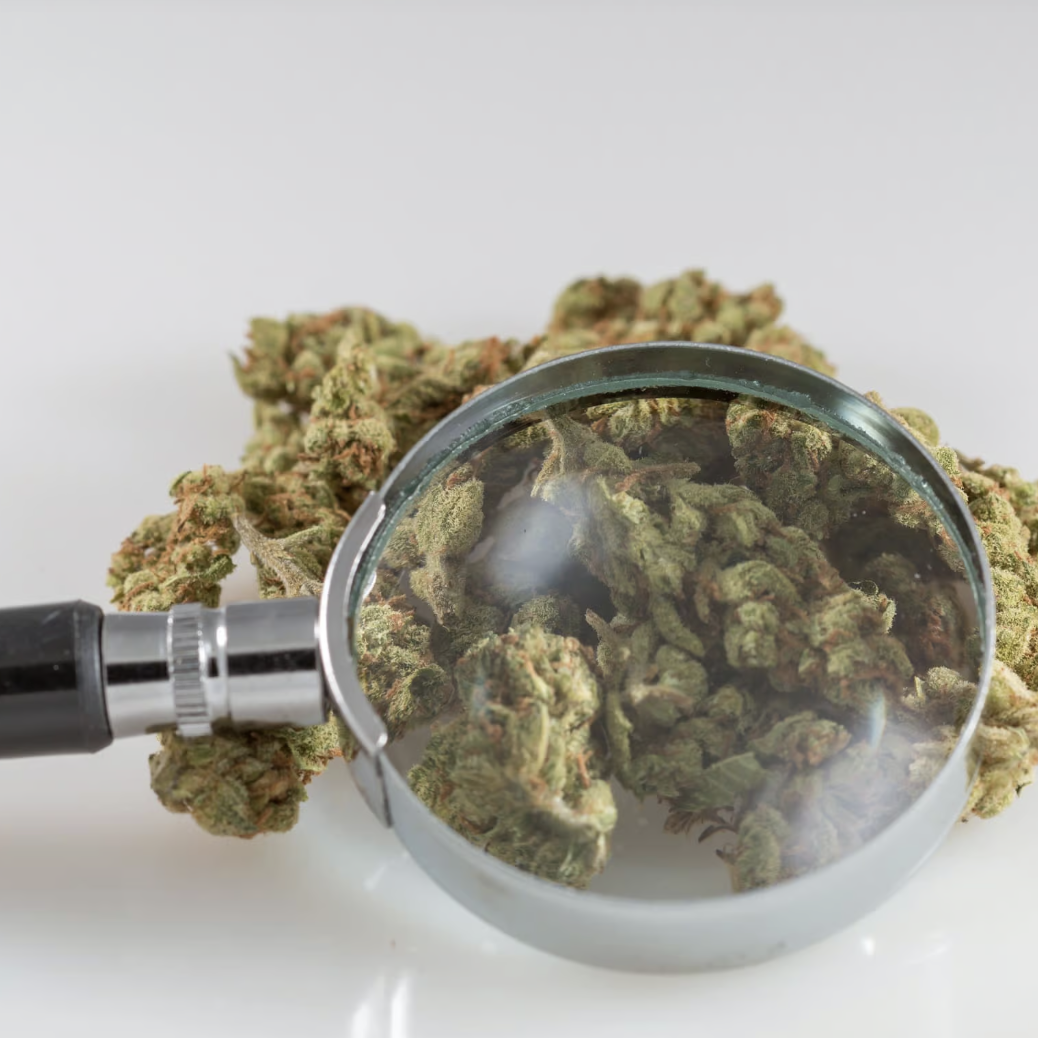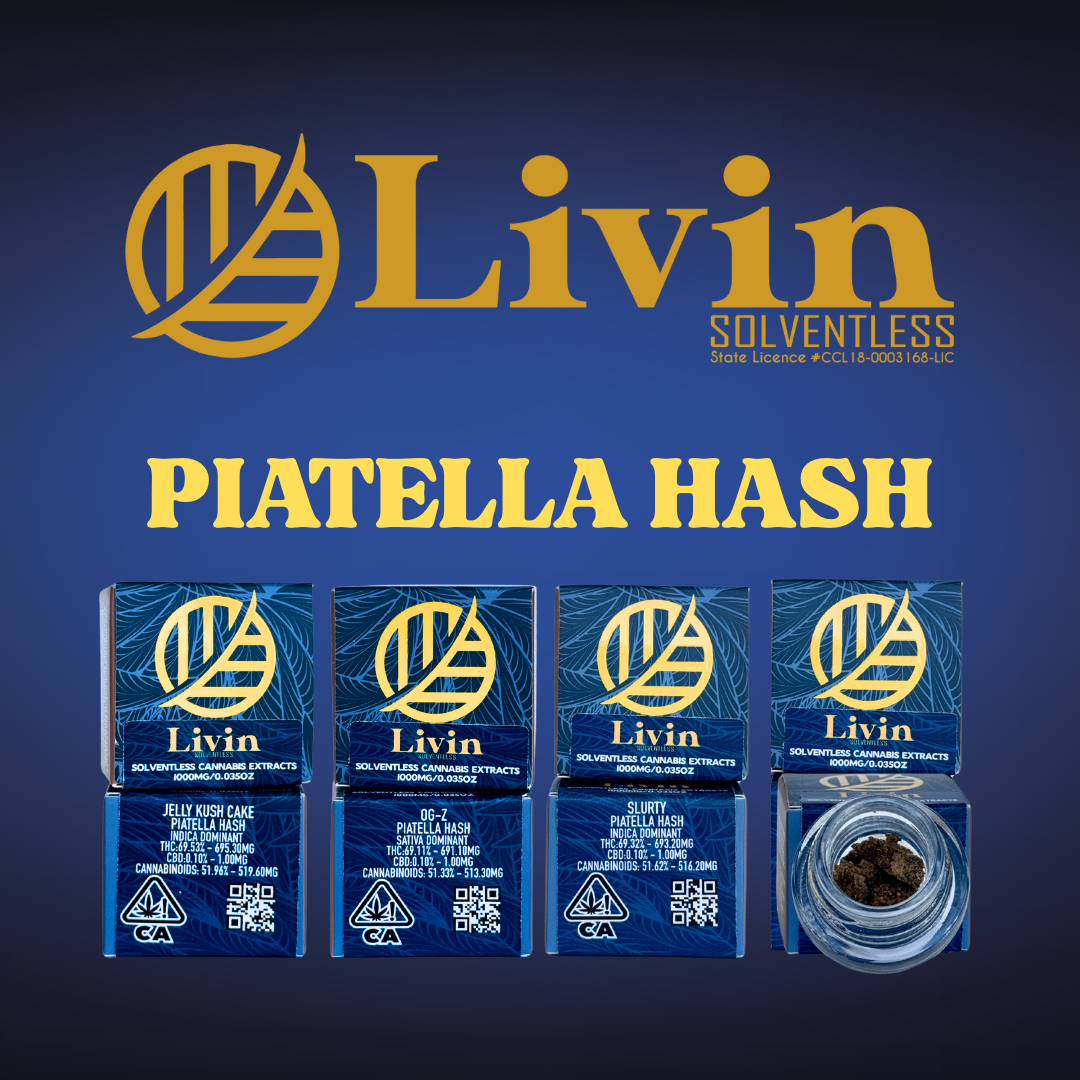Using Marijuana Reduces Alcohol Cravings In People Who Drink A Lot, Federally Funded Study Shows
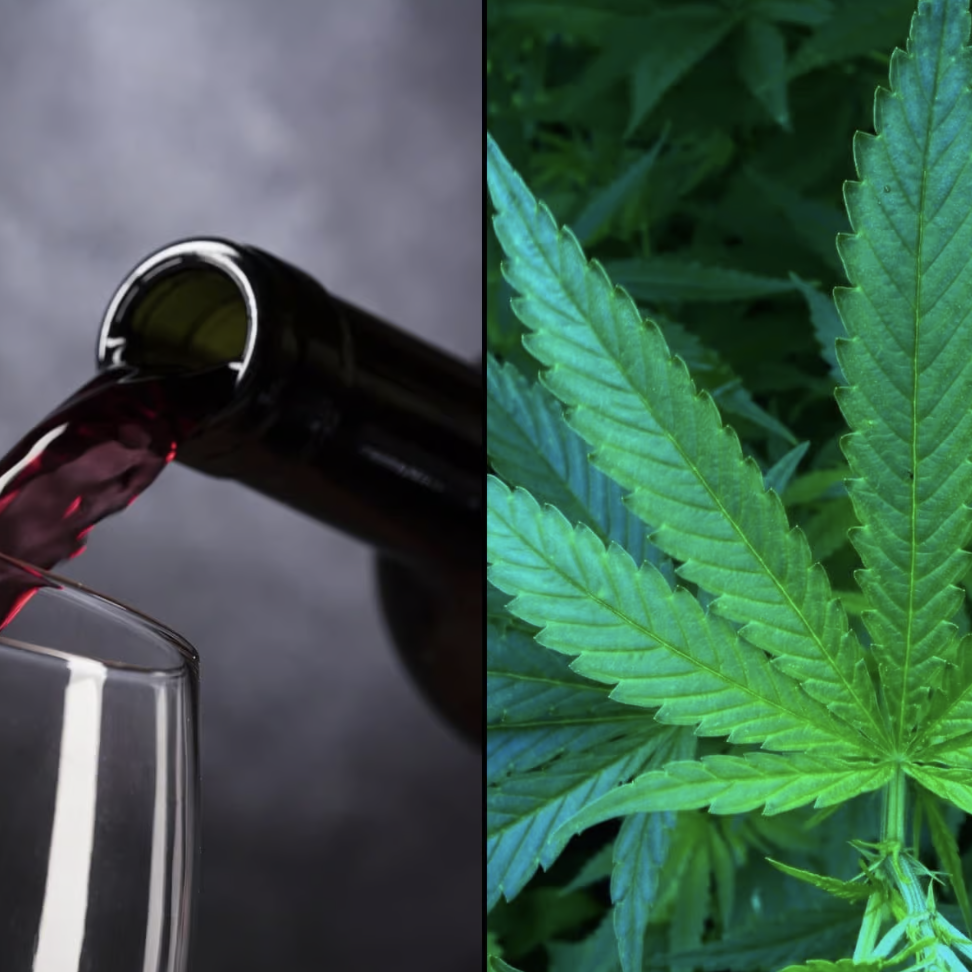
New federally funded research into the effects of cannabis on alcohol use finds that people who used marijuana immediately before drinking subsequently consumed fewer alcoholic beverages and reported lower cravings for alcohol.
The study, funded by the National Institutes of Health’s National Institute of Alcohol Abuse and Alcoholism, provides further evidence of a substitution effect, in which users report replacing some or all of their alcohol use with cannabis. An eight-person research team from Colorado State University and the University of Colorado looked at the behavior of 62 adults who used both marijuana and alcohol and who engaged in heavy drinking for at least three months.
When subjects used alcohol alone, they drank on average two self-administered beverages. With cannabis added to the mix, the average number of self-administered drinks was 1.5—roughly 25 percent lower. And while not every participant drank less after using marijuana, those who did “reported reductions in alcohol craving at several timepoints after consuming cannabis and alcohol compared to alcohol alone,” the report says. Respondents also reported feeling healthier and more productive in their day to day lives when using cannabis more frequently.
The study concludes that “for some individuals who drink heavily, cannabis may serve as a substitute for alcohol, and craving reduction may be the mechanism through which this occurs.”
